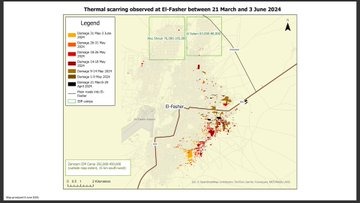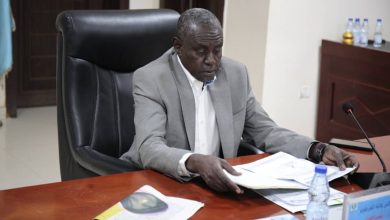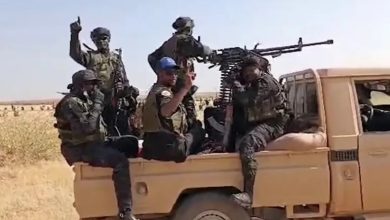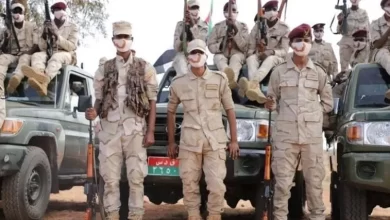Sudan Satellite Images Show Hundreds of New Graves across El Fasher

The National
Hundreds of fresh graves have been discovered in the Darfur city of El Fasher, where Sudan’s army and its enemy the paramilitary Rapid Support Forces have been locked in a weeks-long battle that has taken a heavy toll on civilians and destroyed large swaths of the city.
The graves were identified in an analysis of satellite images by Yale University’s Humanitarian Research Lab. They are part of evidence that points to the large-scale of suffering and destruction in city, the capital of North Darfur state in western Sudan, and surrounding areas.
At least 150,000 residents have been forced to flee El Fasher, already home to hundreds of thousands of displaced Sudanese escaping violence elsewhere in the vast and mostly desert region that has been mired in violence, including ethnically motivated killings, since the 2000s.
The satellite images showed significant war-related damage to the city’s southern and south-eastern neighbourhoods where a significant number of members of the ethnic African Zaghawa tribe live, Yale HRL said.
The army branded the killings a massacre and vowed to exact a “harsh” revenge on the RSF.
“We will fight the terrorist Rapid Support militia till the end; till the last soldier standing,” Gen Abdel Fattah Al Burhan, the army chief, said during a visit to army units in Kosti, south of Khartoum.
UN human rights chief Volker Turk said that he was “profoundly shocked” by reports of the killings.
“These killings add to my existing, serious concerns about the adherence to the principles of distinction, they also raise questions about the ongoing arming of local groups in the context of continuing hostilities,” he added, calling for those responsible for the “unlawful killings” to be held accountable.
The Yale HRL analysis also suggests the RSF razed eight villages north-west of El Fasher in arson attacks, as evidenced by thermal scarring between May 26 and June 4. This spike in arson activity, it said, indicates significant RSF presence and control in areas west and north-west of the city.
Satellite images also show significant munitions damage to El Fasher’s main market.
El Fasher is the only major Darfur city that is not under the control of the RSF. Its capture would be a devastating blow to the army and allied former rebels and constitute a defining turn of events in Sudan’s 13-month-old war.
The UN-related International Organisation for Migration recorded 9.9 million people internally displaced across Sudan this week. Prior to the war, there were already 2.8 million internally displaced people, according to the IOM, out of a total population of about 47 million.
Ceasefires brokered by the US and Saudi Arabia in the war’s early days collapsed soon after they came into force or were completely ignored. Gen Al Burhan has rejected recent calls to return to negotiations sponsored by Washington and Riyadh, saying there will be no talks with the RSF until it is defeated.
The RSF later captured a string of major cities in Darfur, made inroads in the central region of Kordofan and seized Wad Madani, capital of the central Al Jazira region that is the country’s breadbasket.
Iranian-made drones recently delivered to the army have been instrumental in its recent battlefield successes, which include retaking Omdurman’s old quarter across the Nile from Khartoum.
Thousands of volunteers have also joined the army in recent weeks, partially compensating for its lack of manpower.



